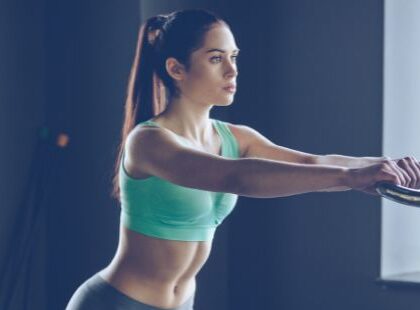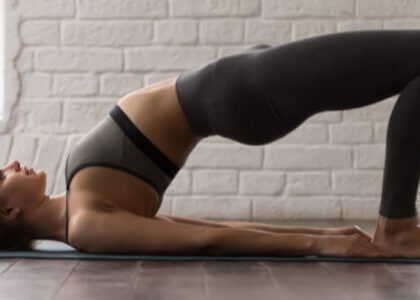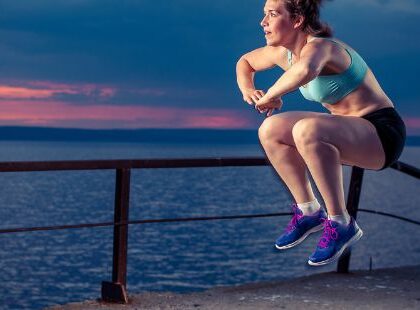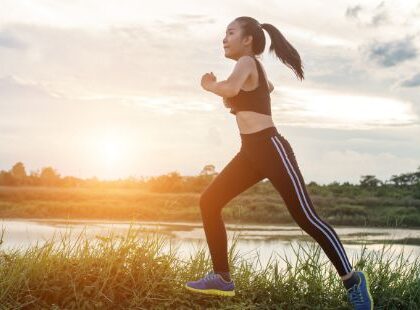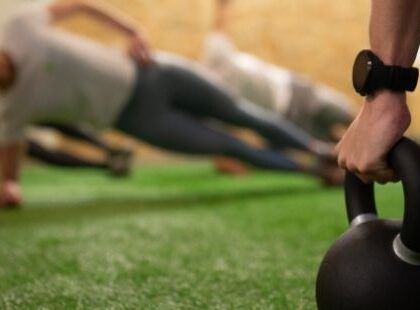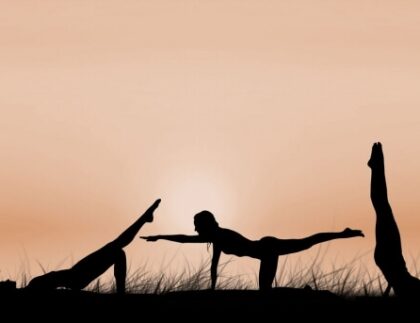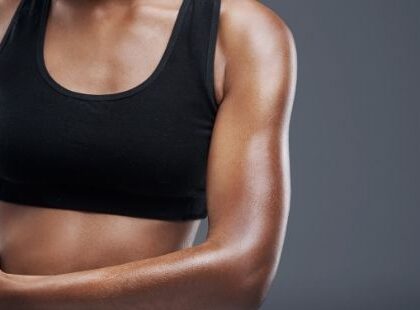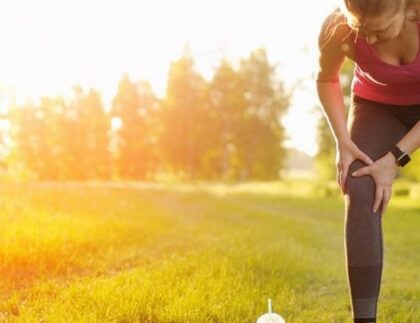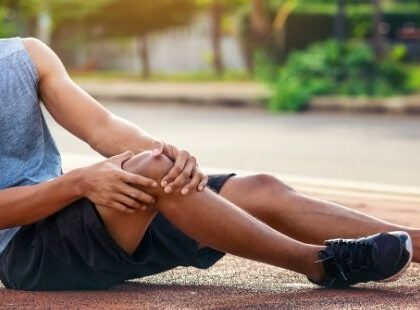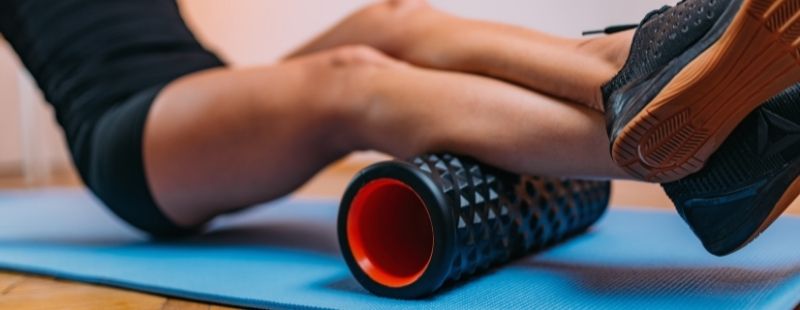
Today, there are many products & tools available on the market that claim to soothe, ease & cure all types of muscle pains and aches. From golf balls, massage balls to thera canes and then to yoga mats & blocks. The supply options are endless and each have their own best practice options. Foam Rolling is another tool that is an absolute staple. It offers broad benefits thus assisting with easy application and relief for the whole body.
The Basics of Foam Rolling
Foam rollers are commonplace now and come in many varieties; from smooth to spiky surfaces. If you are new to this type of self care, then start with a smooth roller and build up to a spiky version. A smooth roller will be easier and less painful to begin with and if, in time you require deeper relief than build up to a spikey or more dense roller.
Foam rolling involves utilising a dense foam cylinder to "roll" yourself over, targeting specific muscle groups at a time. With a few different maneuvers one can position themselves over the roller and "roll" their body out one muscle group at a time. The purpose is to be actively releasing built up superficial tension. Whilst it may be difficult to fully recreate the benefits offered by a Massage Therapist, actively rolling will most definitely assist in keeping tensions at bay.
Why Foam Rolling?
We all know that getting a regular massage is good for you, but many of us don't really make the effort or time to go and get one on a regular basis. Foam rolling is an excellent way of getting an inexpensive self massage. It does not replace the need for a Massage carried out by a qualified professional, however it will get you through between sessions. Foam Rolling will also assist in the recovery process and in minimising potential injury by breaking up trigger points and adhesions within the muscles and fascia.
When adhesions within the soft tissue break-up, it helps decrease the formation of trigger points and brings blood flow to those areas. Better blood circulation also brings in more nutrients and helps repair muscle damage that may have been caused during your last workout. It will also assist with the perception of pain felt from Delayed Onset Muscle Soreness (DOMS).
How is Foam Rolling Done?
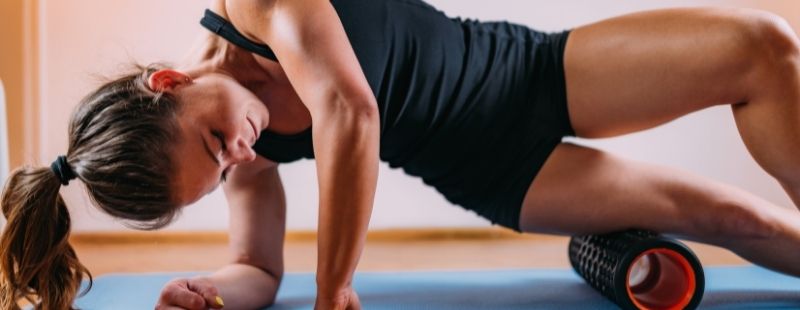
Foam rolling requires you to be repeatedly rolling along the length of a muscle. Start with the calves as they are easy to coordinate, roll up and down, with your toes pointing to the ceiling creating a flat broad compression. Where you find a particularly tender point, don't avoid it but rather hold it and apply pressure, you can also do short rolls over the tender area to stimulate a friction style response. If this is too painful initially, the continue to go over the area but perhaps with less pressure or create a work around until you feel some to the tension release.
Once you have worked through both calves you can work your way systematically up the body. If pressed for time, the break up your foam rolling into certain areas - do a few muscle groups at a time or perhaps just focus in on areas you are sore.
How often should Triathletes Foam Roll?
Athletes who train 5-6 times a week can foam roll every day, however even if you can allow 3 times per week you will feel the benefits. If you can find 15 mins to roll, that is ample time to yield results. If you are pressed for time working your body in areas of greatest need would be the next best recommendation.
The key to remember for successful results is that a little bit regularly will get you much further than a lot of rolling sporadically. Rolling once or twice per week consistently for example will be better then rolling once a fortnight.
Which Muscles benefit from Foam Rolling?
Lower Body
Calves: Most triathletes tend to have quite tight calves. Foam rolling and stretching them after your workout will ease this muscle group in a significant way. This will also assist in keeping Achilles tendonitis and plantar fasciitis at bay.
Roll one calf at a time, start with a broad flat application then turn your foot out and in and roll respectively to really capture the full muscle.
Hamstrings: These muscles work together with the glutes to provide explosive power and hip extension. They also act as an additional support for knee stability. Hamstrings respond the best to foam rolling with a spiky style of roller.
Recreate the same application style you did on your calves to your hammies.
Glutes: These are one of the body's largest and strongest muscle groups & a primary driver for triathletes. Cross one leg over the other in a tailors style position and then apply that side onto the foam roller.
Start with large sweeps to cover the whole muscle, if you need to refine or get into tight areas then utilise a myo ball to roll in around your hip
Quads: The quads are made up of 4 muscles, of which only one can easily be stretched with a standard hip flexor stretch. The other muscles require the attention of a foam roller. In particular the Vastus Lateralis - commonly confused for the ITB has several sites of trigger point activity. It is also the most painful muscle in the body to roll. Which is all the more reason to not skip it!
Start lying face down over the roller to get the top part of your quads loose, when you are ready twist a little to one side so that you can capture the entire outer part of the quad. Proceed with caution! Slow and steady! This will hurt!
Upper Body
Back: Triathletes focus on stretching & strengthening their legs, but tend to overlook their upper body (including the lats). The latissimus dorsi are very important in that they provide swimming power, with a strong connection to lumbar stability.
Start rolling your back as a whole with you lying flat over the roller, you will get good broad coverage.
Twist your body slightly to one side and have the down side arm sticking out in front of you, now roll up and down again - this will specifically target the lats.
When you get close to your shoulder blade, continue rolling until you reach your arm. This will probably be quite painful with a lot of active trigger points in the rotator cuff. Make sure you hold these points until they subside. If too painful with your full body weight, utilise a ball against a wall.
Rhomboids Sitting at a desk or your bike position tends to pull your shoulders forward creating a stretch in these muscles which are located in between your shoulder blades. However when these muscles are overstretched they respond by becoming very painful.
After finishing your lats go back to lying flat over the roller, and target the area between your should blades with short, slow sweeps.
If you can cross your arms over your chest this will pull your shoulder blades apart and allow you to really get in to this area.
Pectorals: Located at the front of your chest, they work together with the lats to create swimming power. They also create shoulder stability which is used heavily in long distance cycling. They themselves don't often hurt as such, but it is important to give them attention because of their influence over the shoulder.
Lay with the foam roller along the length of your spine. Rest your head on one end of the roller and open up your arms outward to each side of your body , in the shape of a "T". This will create a nice stretch in your chest as well as opening up your ligaments located at the front of your spine.
Foam Rolling doesn't always need to be used as a tool for actual rolling, in this instance it is a great assist for stretching!
If you can't quite be bothered to look after yourself this way, book a Massage! You can book yourself in online here.
Thanks for Reading,
Paramount Health Sydney 9719 2060
